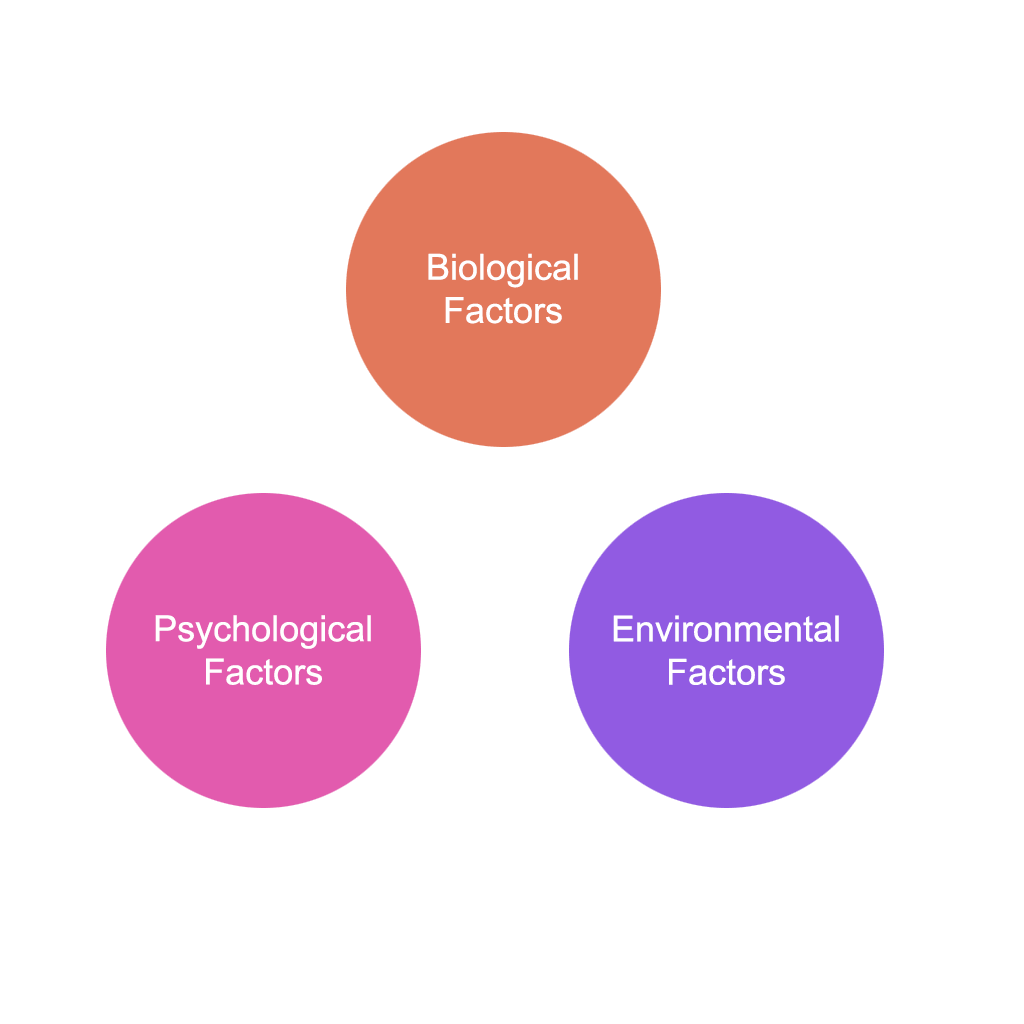Five Factor Model (FFM) of Personality.
Five Factor Model (FFM) of Personality (the big five) consists of five broad personality factors, comprising of a huge number of traits. According to Goldberg, Five Factor Model of Personality can be prepared for structuring of individual differences among traits of personality. Big five name was given to Five Factor Model because each factor comprised of a large number of traits.
The big five (Five Factor Model of Personality) dimensions given by M.C.Crae and Costa:
Extraversion
The more intense is the interpersonal interaction of a person, the person being sociable, active, talkative, person-oriented, optimistic, fun-loving and affectionate, is considered a high, the person being sociable, active, talkative, person-oriented, optimistic, fun-loving and affectionate, is considered a high scorer, while a low scorer will be reserved, sober, aloof, task oriented and quiet. The former is extravert while the latter is an introvert.
Neuroticism
This characterizes an emotionally unstable person in contrast with adjustable people. Such people are very moody, irritable, nervous, insecure and hypochondriacal. Contrary to these will be low scorers who are calm, relaxed, unemotional, less sensitive, self-satisfied, etc. The above two categories differentiate emotionally stable people from emotionally unstable people.
Consientiousness
It refers to the person’s capacity of organizing and completing a task in hand. This factor takes into account the capacity of the individual to achieve a goal and control his impulses while completing the task. On the basis of this factor, we can differentiate between the high scorers and the low scorers. High scorers are dependable, organized, hard working, responsible, reliable and thorough. The low scorers are undependable, disorganized, unreliable, impulsive, irresponsible, lazy and negligent.
Agreeableness
While interacting with society, if a person is compassionate, and does not have antagonistic feelings, thoughts and acts in accordance with society, the person will be considered as agreeable. On this factor, a high scorer will possess the qualities of soft-heartedness, will be good natured, trusting, helpful, straightforward, and forgiving. Low scorers are people having cynical attitude, suspicious, uncooperative, vengeful, irritable and manipulative.
Openness
The factor of openness gives an idea of proactiveness and a liking for new experiences and readiness to do new things. High scorers in this connection are good natured, warm, sympathetic and cooperative. Low scorers, on the other hand, are unfriendly, aggressive, unpleasant, argumentative cold and hostile. The above five dimensions can be memorized as OCEAN.
To assess the big five dimensions, the following questionnaires are in use: Goldberg’s Transparent Bipolar Inventory (1992). The NEO Personality Inventory (NEO-PI-R) by Costa and McCrae (1992), which earlier assessed only N, E and O but later included. A and C also.
Each dimension is defined by six facets and each facet is measured by 8 items.NEO-PI-R after all modifications consists of 240 items (5 factors x 6 facets x 8 items). McCrae and Costa considers the NEO- PI-R factors to describe the main dimensions of personality and believe that no other system is as complete and yet so parsiminious.



